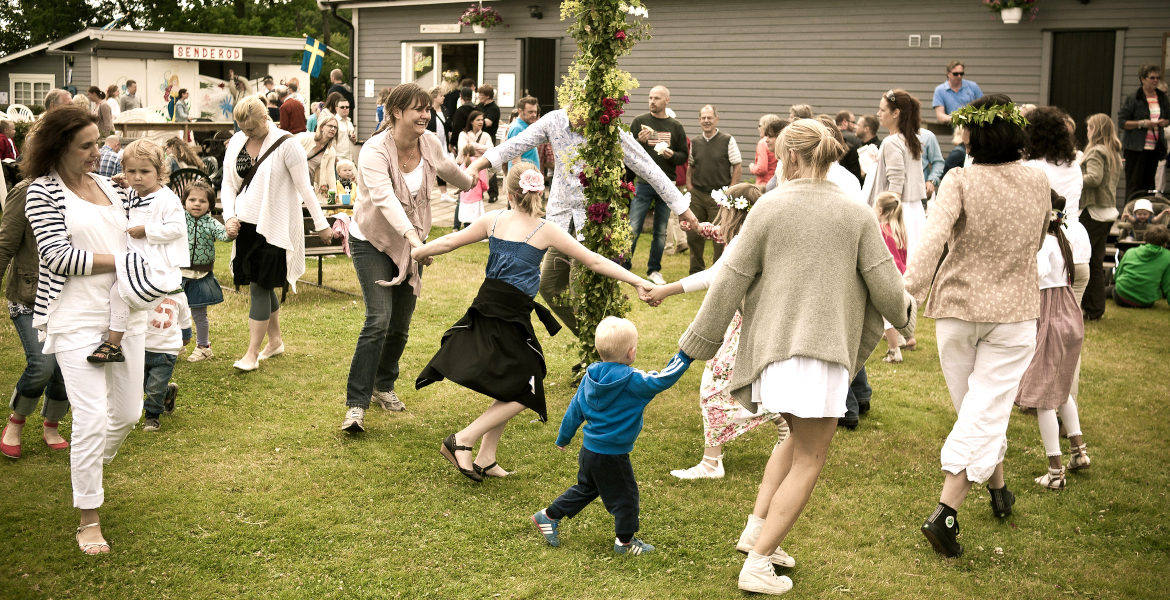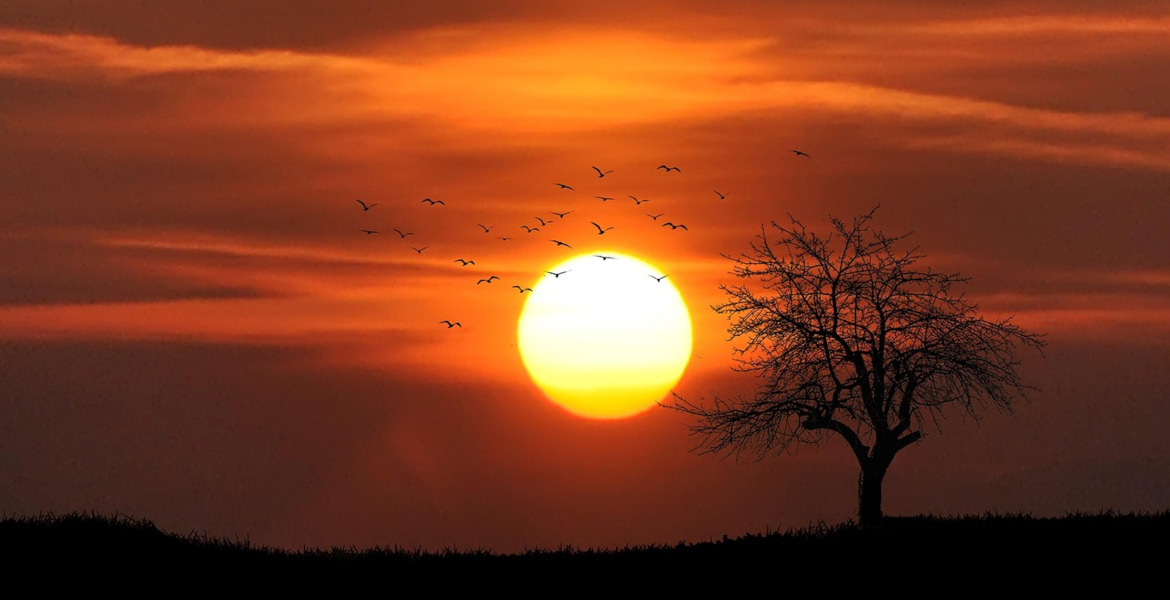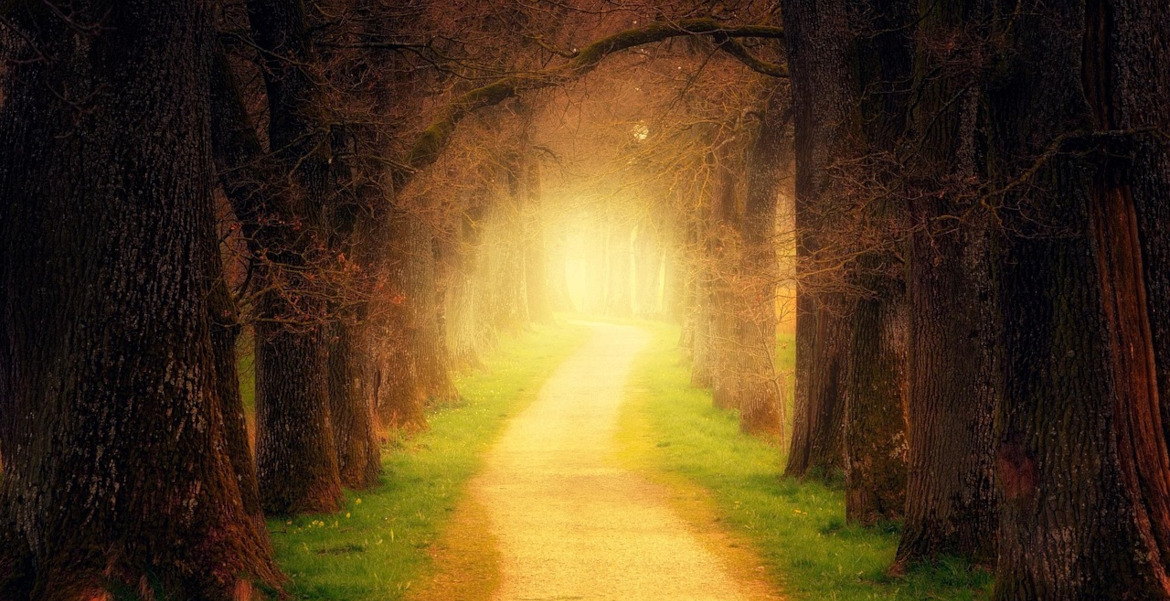“Akki, my son. You must preserve these books with body and soul. They contain the history of our whole folk, as well as our ancestors.”
These are the opening lines of the Oera Linda, one of the most intriguing and explosive documents brought to light in modern times.
Oera Linda came into public light in 1867, when a man named Cornelis over de Linden handed over the documents to a librarian in Friesland, Netherlands. He stated that they had come into his possession through his grandfather, who in turn had received it from an aunt who had been passed them down through the family line for many generations.
It was first handed to Eelco Verwijs, a scholar who subsequentially studied the document and confirmed its authenticity. Somewhat strangely, he later withdrew this conclusion, some say, to save his career. The documents, however, then entered the hands of Jan Ottema, who was a prominent member of the Frisian society for history and culture. He was to become the first translator and publisher of the Oera Linda book in 1872.
“We may thus accept that we possess in this manuscript, of which the first part was composed in the 6th century before our era, the oldest production after Homer and Hesiod, of European literature. Here we find in our fatherland a very ancient people in possession of development, civilization, industry, navigation, commerce, literature and pure elevated ideas of religion, whose existence we never even conjectured”, Ottema stated to emphasize the importance of the work.
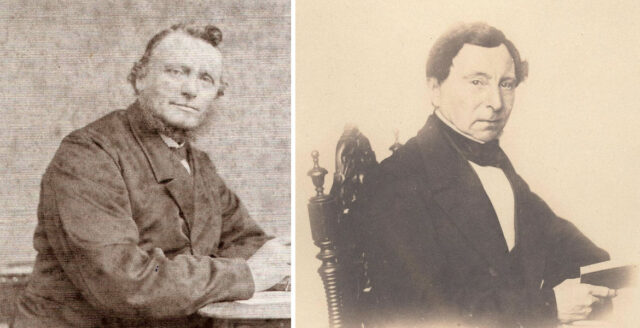
The work does not merely echo the spiritual and philosophical wisdom of the ages, but also mentions and provides context regarding a great many major events and influential historical figures. This to such an extent, in fact, that detractors have called it “too good to be true” or “a bit too perfect in comprehension”. Jesus of Nazareth seems to be mentioned, as are the warrior kings Odin and Alexander the Great, along with pivotal events in India and Greece. The actual year count in the manuscript is related to a global cataclysmic event linked to the sinking of an area referred to as “Atland”.
Despite the startling and enormous scope of the content and its implications, Ottema argued in his last statements that the counter-arguments made to the authenticity of the document so far had not stood up to scrutiny.
“Seven years of continous study of the book and everything that was written about it has always confirned this conviction”, he stated.
The firestorm of controversy
In an age when Europe was seeking to better understand its roots and clarify its own historical journey, the work created a firestorm of controversy and debate, with equally passionate defenders and detractors. In 1922, the Dutch-German historian and scholar of ancient religion and symbols, Herman Wirth, published the Oera Linda Chronik in German. The discussion of the work was said to be a leading impetus for the creation of the German Ahnenerbe in 1935, described as a “society for the study of the history of primeval ideas” – essentially an elite research institution, gathering together some of the best scholars of the day from a wide range of academic fields, focused on piecing together a historical picture with special focus, of course, on the role played by the Germanic peoples. The energetic debate on the authenticity of the work continued throughout the period of National Socialism in Germany, with the SS leader Heinrich Himmler eventually becoming one of its most spirited defenders. This is also the leading reason to why the work has received an extremely one-sided treatment post World War II.
Despite the controversy, the debate surrounding the manuscript and its authenticity is still very much open. What is clear is that it is written in a style nearly as intriguing as its content, that seems to draw from a well of timeless wisdom that brings to mind other ancient works in the Indo-European traditions, such as the Avestas, the Vedas and the Nordic Sagas. It speaks to events stretching back as far as 2000 B.C., describing the history of a European people or nation called the Fryans, across several millennia.
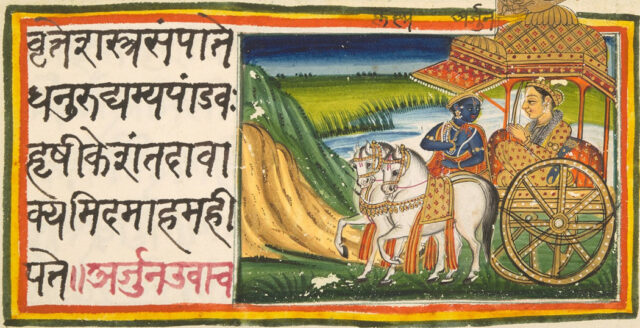
According to Oera Linda’s own chronology, the first part of the book was largely compiled by copying short history fragments preserved in writing of the walls of burgs and citadels around 600 B.C. or so, and was then added to periodically over time, as the documents were passed down through a long family line. The original manuscript uses what are now called phonetic characters that are selected from a circle – the sun sign – with a vertical I and X crossing it. Thus, it makes use of a six-spoked wheel to formulate each character, which are for the most part familiar and readable by speakers of contemporary Indo-European languages. Some have claimed the script might be one of the most ancient root written languages in the Indo-European family, acting as an influence and inspiration to many others.
The people of Frya
The people group it speaks to, and those it claims are responsible for its authoring, are called the Fryans, after their progenitor, Frya. It speaks to a culture that praises virtue, character, honesty and justice and self discipline vastly higher than material gain. A strong aversion to corruption is embedded in its core message, and to priests who might seek to use spiritual practices as a control mechanism to corrupt ends.
“It comes from the east, out of the bosom of the priests. It will breathe so much mischief that Earth will not be able to drink the blood of her slain children. It will spread darkness over the minds of men like storm clouds over the sunlight. Everywhere craft and deception shall contend with freedom and justice. For our beloved ancestors sake, and for the sake of our precious freedom, a thousand times I beg you, dearest, to never let the eyes of a munk go over these writings.
They speak sweet words, but unnoticed they meddle with all that concerns us Fryans. They collaborate with foreign kings who pay them well. They know that we are their greatest enemies because we dare speak about freedom, justice and royal obligations. Therefore they want to obliterate all traces of our ancestral heritage and what is left of our morals. My dear ones, I have visited their palaces, if Wralda allows it, and if we do not strengthened ourselves, they will exterminate us all”, the manuscript states.
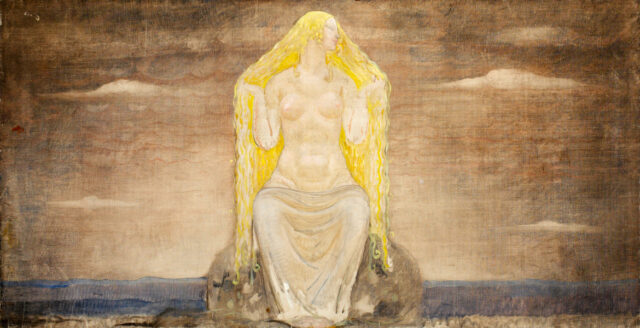
The belief system of the Fryans is straight-forwardly monotheistic, in a manner similar to that of the Scythians as described by Herodotus, or the ancient Germans as described by Tacitus, and can’t help but echo the words of Jesus, the Buddha and the Bhagavad Gita. Wralda is the title they use for the Divine, also as “the Allfather”, or “Allfeeder” – the Singular Being from which everything else ultimately springs or flows. Jan Ottema argued that this philosophical emphasis was actually consistent with other findings about the ancient Germanic peoples.
“Allfather, the Supreme God of Nordic antiquity and proof that the peoples inhabiting Sweden, Norway and half of Germany had recognized the purest worship of God as the basis of their religion, for in Him we find all noble qualities which the Mosaic traditions attached to the unspeakable and the Christian religion to The Only God, without any of the features distorting the sublime image of God, such as human passions, anger, vengeance and jealousy”, Ottema stated.
The rules of the heart
One example of how the supreme being is described in the Oera Linda manuscript is as “omnipresent” and “ever lasting”, along with many other esoteric attributes.
“Wralda is most the most ancient or primordial, over oldest, for He created all things. Wralda is all in all, for He is eternal and ever lasting. Wralda is omnipresent yet invisible, therefore the being is called spirit. All that we can see of Him are the created beings that come and go again through His life. Because from Wralda things precede and to Him they return. Out of Wralda both the beginning and the end come. All things merge into Him. Wralda is the only almighty being, because all other power is borrowed from Him and returns to Him. From Wralda all forces are derived and all forces return to Him again. Therefore He alone is the creative being and nothing is created outside of Him.”
Based on the manuscript, there are also clear indications that the Fryan people shared the Vedic understanding of Dharma, the concept of a cosmic order that includes, but also transcends, the laws of material reality as we know it.
“Wralda established eternal principles, or Aewa, in all that was created, and regulations can only be good if they are founded upon these principles. Although all is part of Wralda, the malice of the people is not of Him. Malice comes from laziness, carelessness and stupidity, therefore it can harm the people, but never Wralda. With the wheel turning, all creation alters and changes, but only God is unalterable.
Since Wralda is God, He cannot change and since He endures, only He is being and everything else emergence. Where as His life is continually progressing however, nothing can remain stationary. Therefore all creatures change their position and their shape, as well as their minds. Therefore can neither earth itself nor any creature ever say ‘I am‘, but rather ‘I was‘. Likewise no man can ever say ‘I think‘, but merely ‘I thought.”
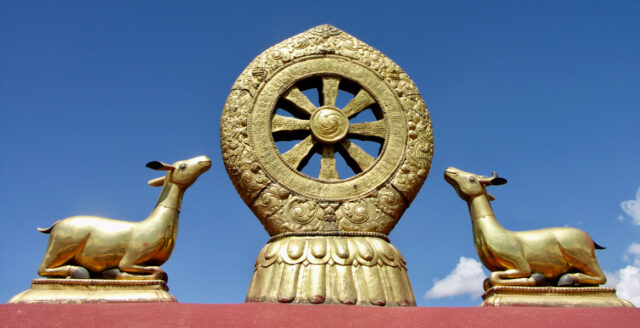
Man’s transgressions against this all-encompassing natural law have negative consequences, but the resulting suffering is not in itself the Will of God, the manuscript explains.
“Aewa refers to the rules that are imprinted equally in hearts of all people, in order that they will know what is right and what is wrong. And by which they are able to judge their own deeds and those of others, that is in so far as they have been brought up well and are not corrupted.
There’s also yet another meaning attached. Aewa, also relates to ae-like, that is water-like. Even and smooth like water that is not disturbed by windstorm or anything else. If water is disturbed, it becomes uneven, unright, but it always has a tendency to become even again.
That is its nature, just as the inclination of justice and freedom exists in Frya’s children. We derive this disposition from our feeder, Wralda’s spirit, which speaks strongly in Frya’s children, and will eternally remain so”, the manuscript continues.
The spirit of Wralda
One of the most dramatic passages described in the manuscript is the encounter of a group of powerful but corrupt priests and princes with Helena, also known as the oracle Minerva, who test her views on good and evil – and on God. Minerva states:
“I know only one God, that is Wralda’s spirit. And because God means “good”, he also does no evil.”
“Where does evil come from then”, the priests asked.
“All evil comes from yourselves, and from the stupidity of the people that walk into your trap”, she answered.
“So if your supreme being is all that good, then why does he not avert evil?”, the priests asked.
Minerva told them:
“Frya has put us on the path, and the carrier that is time, must do the rest. For all disasters, council and help can be found, but Wralda wants us to search ourselves, so we should become strong and wise. If we refuse, he lets us squeeze out our own tumours, so we should experience the results of wise and foolish deeds.”

A prince replied:
“I would imagine it better to simply ward of disaster.”
“Of course”, Minerva answered, “because then people would remain like tame sheep. You and the priests want to protect, but also to shear and slaughter them. But that is not what our Supreme Being wants. He wants us to help each other, but also that all be free and become wise.”
If the Oera Linda manuscript hasn’t been handed down through countless generations, as claimed, it’s still nonetheless a work of timeless wisdom and profound life lessons. If the work, however, some day definitively proves to be a reliable record, it will fundamentally reshape the understanding of our past, potentially re-writing some of the most key portions of human history as we know it.
About the article
The article is based on part 5.1 of the documentary series "Conspiracy? Our Subverted History" produced by Asha Logos. Check out the channel here.
Special acknowledgement should also be given to Jan Ott of the Oera Linda Foundation, which publishes research on Oera Linda. The foundation provides one of the most unique new translations of the Oera Linda book, which you may find here.



























































